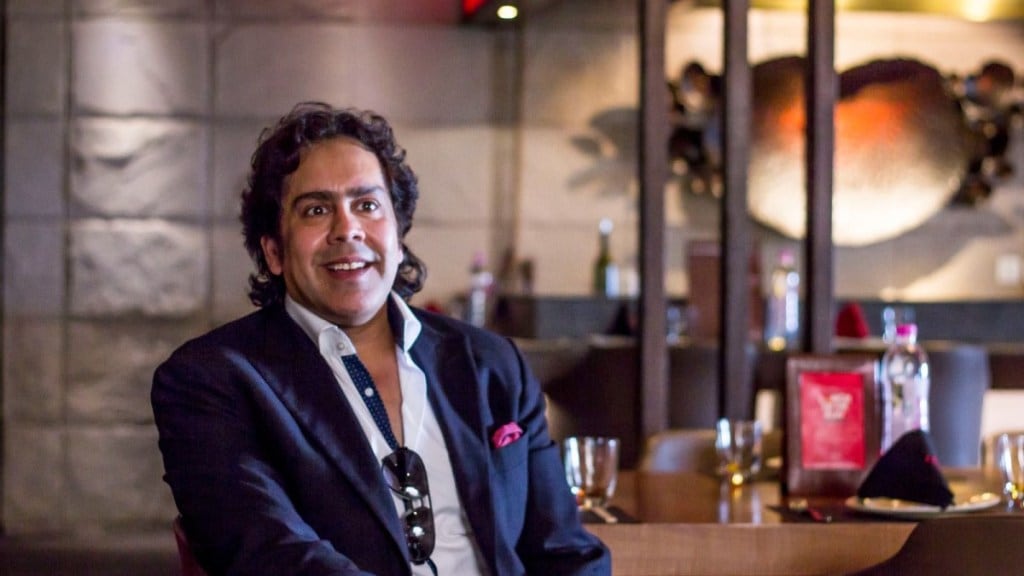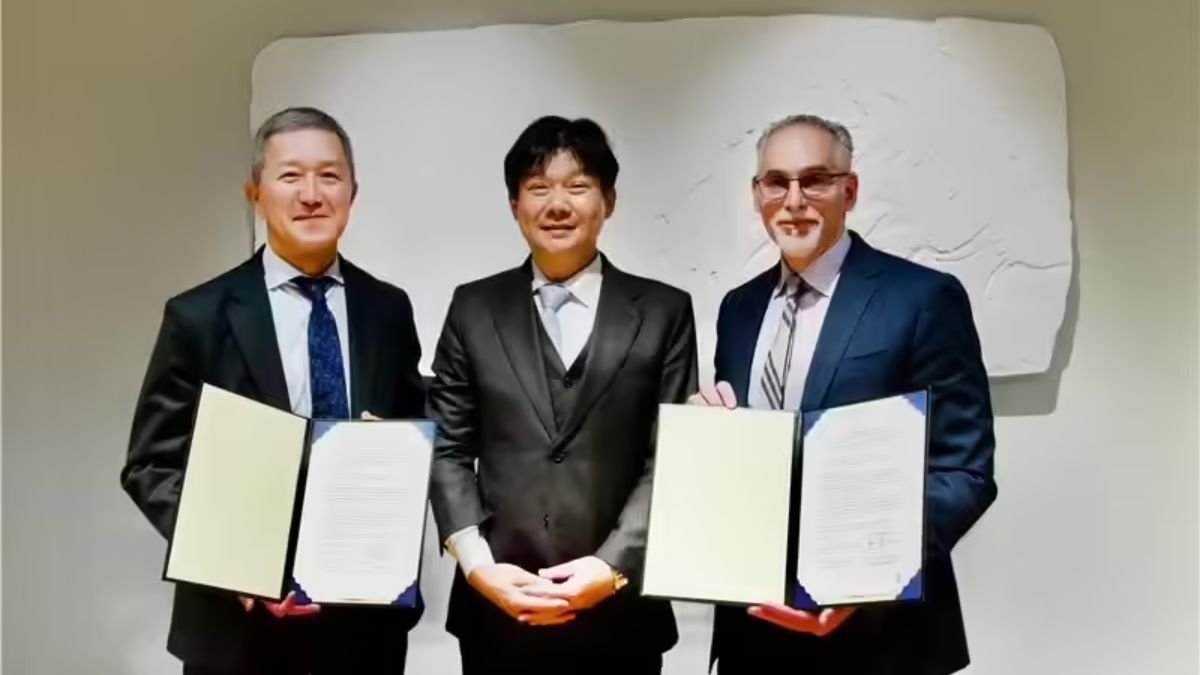Saurabh Khanijo, founder of Kylin Experience, has been at the forefront of redefining pan-Asian cuisine in the country. Starting with a single restro-lounge in Delhi in 2005, he went on to open several concept restaurants such as Ivy and Sartoria, besides making Kylin a household name. Twenty years and 10 Kylin Experience outlets later, Khanijo speaks to Vaishali Dar about how the brand is shaping the culinary scene, and evolving in India, among others
When you started in 2005, people were unfamiliar with many authentic Asian dishes. Today, there is a global fascination for the cuisine. Was that a gamble that paid off?
We were definitely ahead of time. We started Teppanyaki at our Vasant Vihar outlet in Delhi in 2005. It was very early for people to know about sushi. Instead of serving a bowl, we created the Asian experience in Teppanyaki format, like a pre-plated meal, just as they had in Europe. Being authentic pays off because you’re conceptually known as Asian. If you’re not offering authentic ingredients or taste, then you will become any coffee shop, multi-cuisine restaurant or world cuisine restaurant.
As for the Indian palate, everybody’s got their own expression of the dish. What is authentic Schezwan for one may not be for another. Sushi is not widely accepted as the raw fish hardly sells here on a mass level. So we also sell a spicy salmon sushi cucumber to make it palatable for Indians. At the same time, we offer maki and nigiri as well.
Do you see the Indian market witnessing some level of saturation when it comes to pan-Asian cuisine?
Not really, as people have become more discerning. They travel, and are more evolved. Food is like fashion, always changing. People are getting more particular in terms of concepts; you have to narrow down to perfection. But the market for pan-Asian will keep growing. Last year, boba tea became popular. Matcha is a difficult flavour for India but still picking up.
What are the new trends developing in pan-Asian cuisine? Is there any aspect of it that remains unexplored in India that you plan to introduce in Kylin?
Korean is new in pan-Asian, and popular due to social media, Netflix and K-pop. I feel Japanese ramen has picked up in a good way. We are doing a ramen festival in Bengaluru and introduced 12 kinds of ramen. As a brand owner, you have to be on top of your game. The basic menu will stay but it’s always good to stay on a par with the market.
In two decades, Kylin Experience as a brand has expanded to 10 outlets in India but not a single one in Mumbai. Any specific reason for not opening there? Do you plan to open an outlet abroad?
Mumbai will have a Kylin Experience very soon. There’s a lot being offered in the name of pan-Asian cuisine, so we thought of expanding first to tier 1 or 2 cities. In the south, we opened in Bengaluru about eight months ago and created a ramen menu and Korean food festival, which were very well received. Next is Hyderabad, in another four to five months. Chandigarh, Mohali, Ludhiana and Dehradun are doing well. So, we have a total of 10 Kylin Experience outlets. Besides these, we have a food court, and a smaller model called ShopHouse by Kylin, which make up a total of 19 outlets under the brand. Dubai is also on the cards, maybe next year. It’s like an extended India for me and I have a ready market there.
Have you introduced any innovation to attract the new-age luxury diner?
I’m not a big fan of technology because Kylin is all about the experience, human touch. I would never think of making my service robotic or a self-service one. I’m a strong believer of a classic experience where someone will come and talk to you, wish you, ease you after a heavy working day. The idea of starting Kylin was that the experience was missing in restaurants. We cater to all formats—tables, lounge, high chairs, family dining, corporate, private dining room—all this is planned accordingly so that the experience is complete.
Having said that, running a restaurant business is tough in India. It’s not a product coming out of a machine. It’s handmade, and needs personal attention. I travel extensively to check the trends in the market and the experiential dining was inspired by my travels to countries like Thailand, China, Japan, and Singapore. My biggest high is when I introduce a new thing to a customer that he hasn’t had, then it becomes a memory for him.







